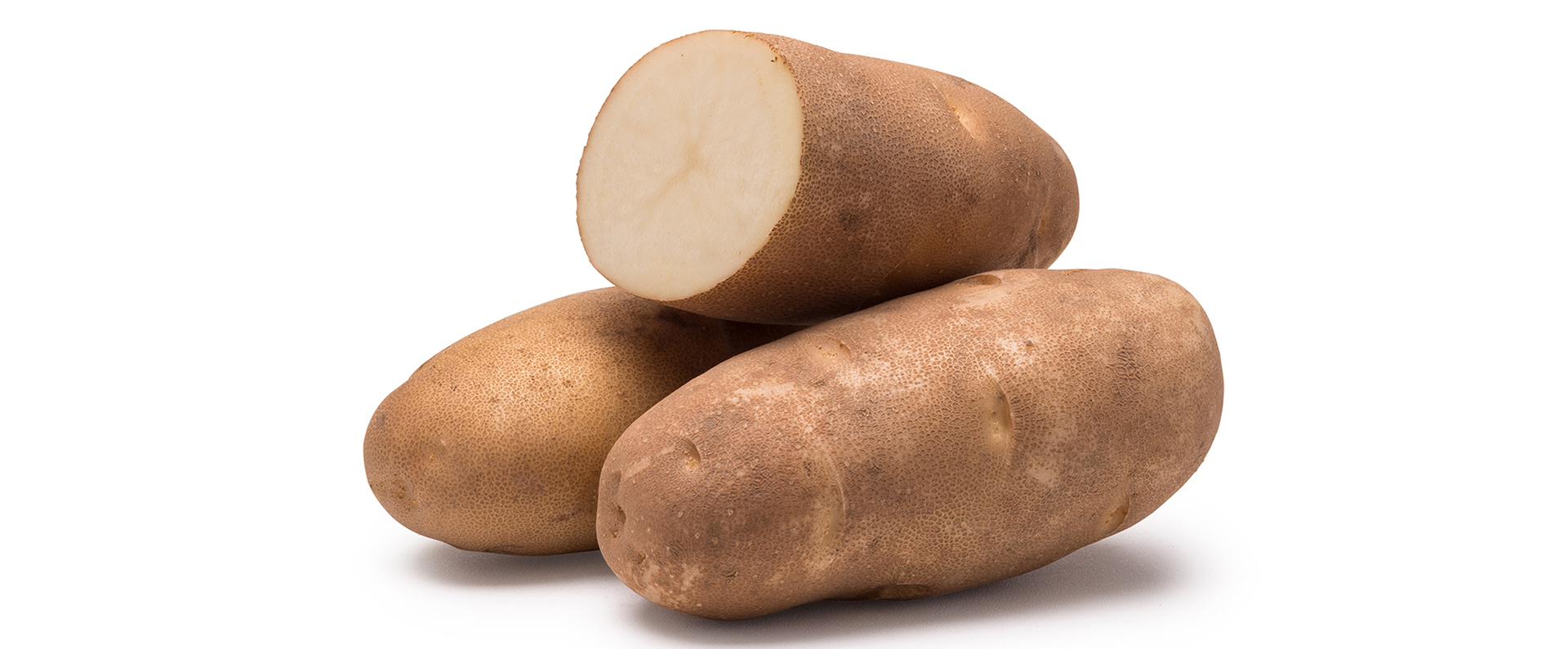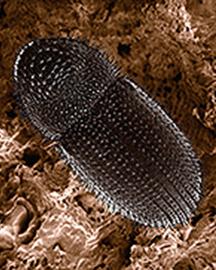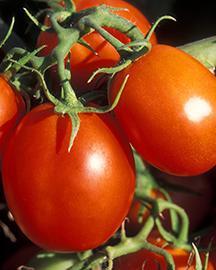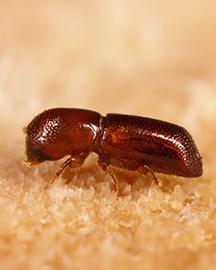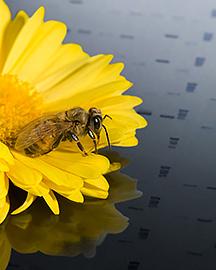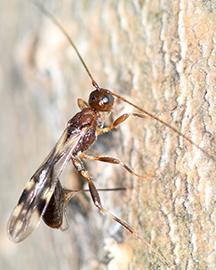The Potato Industry’s New Stud: Galena Russet
U.S. potato production is valued at $4 billion annually. To meet industry demands for the popular spud, researchers are developing new potato varieties with greater yields and better processing qualities, especially for making chips and fries. ARS scientists with the Small Grains and Potato Germplasm Research Unit in Aberdeen, ID, along with researchers in Idaho, Oregon, and Washington, teamed up to create a new potato variety that meets these demands and more.
This new variety, ‘Galena Russet’, produces high yields during early and full harvest seasons. It also exhibits long dormancy of tubers, which is beneficial in maintaining tuber quality in storage with decreased sprouting following harvest. ‘Galena Russet’ also has higher protein content than standard Russet varieties. Notably, this potato has excellent processing characteristics for fries due to its cold sweetening resistance. In varieties such as industry standard, ‘Russet Burbank’, storing potatoes at lower temperatures results in a starch to sugar conversion (called cold sweetening), resulting in darker, less desirable fried potato products. ‘Galena Russet’, however, maintains lower sugar concentrations and produces light-colored products even when stored for up to 7 months at 42o F. This potato also has an attractive appearance for fresh market use, making this spud a potential new stud in the potato industry.


